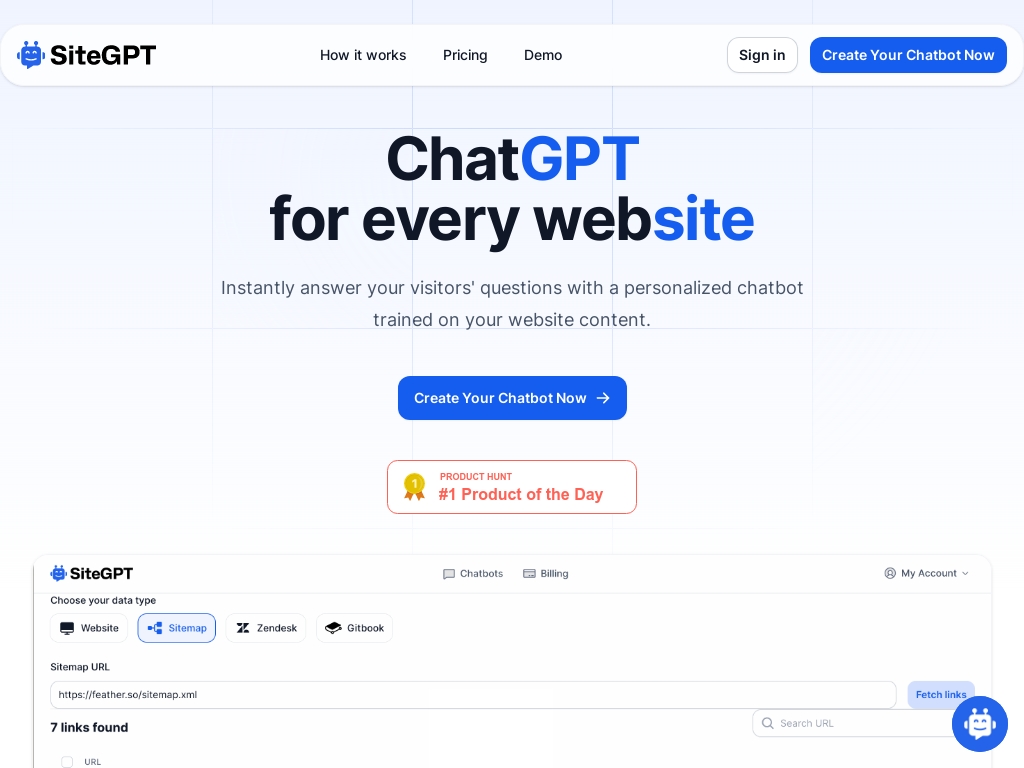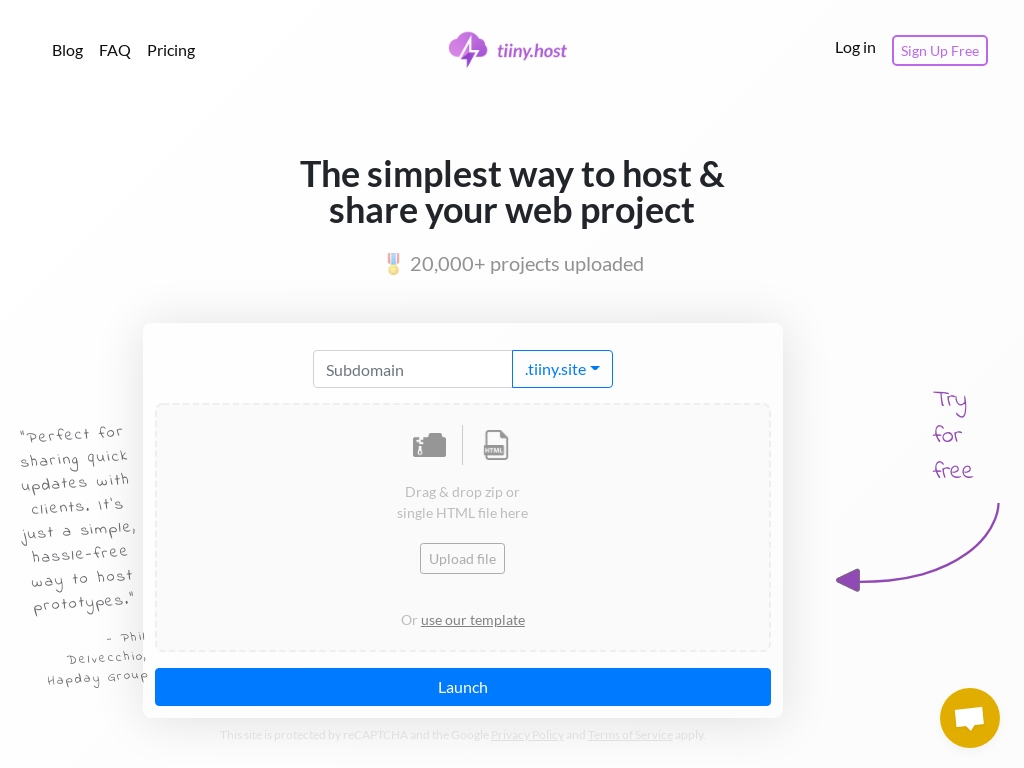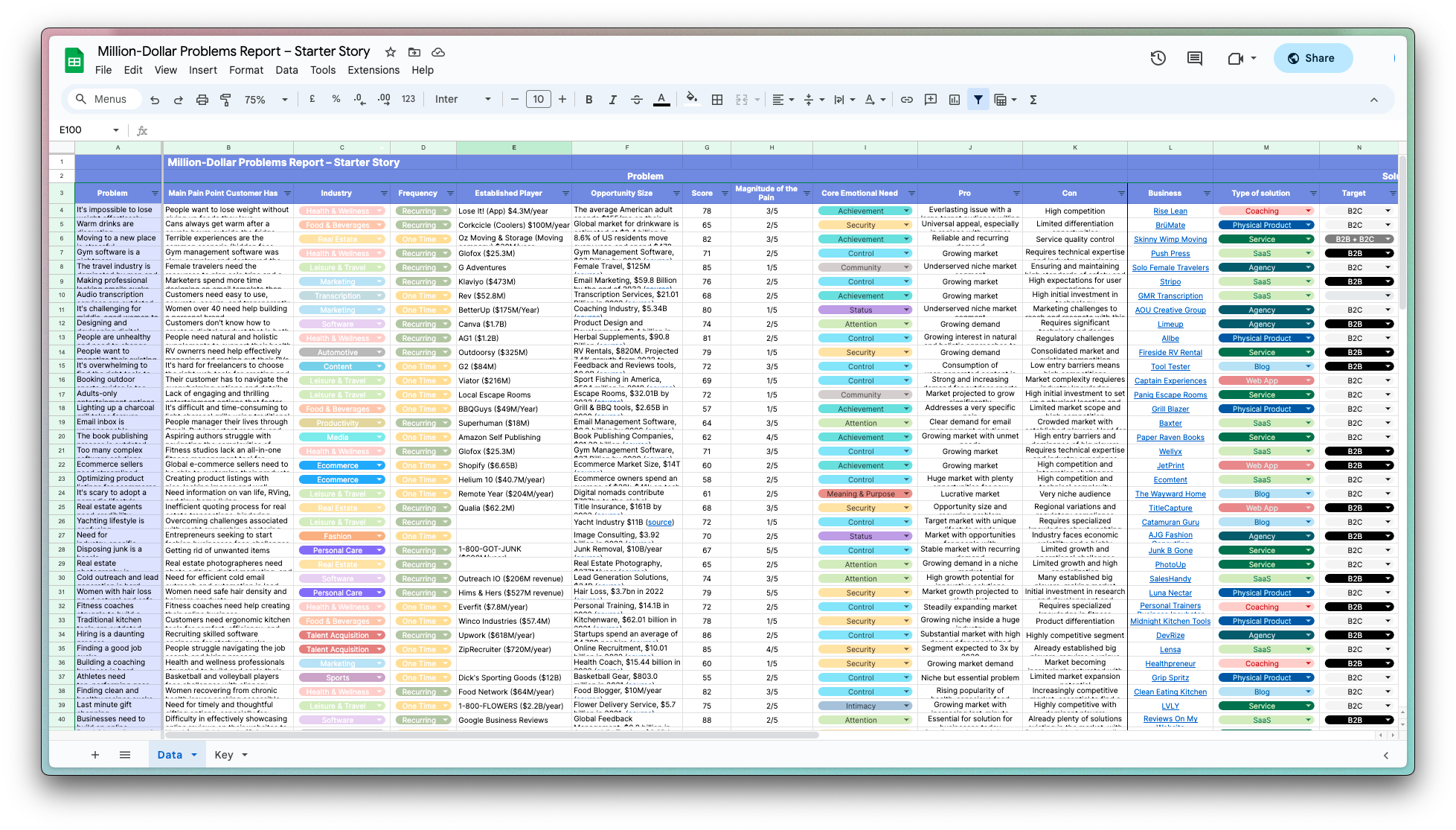
How Woopra Achieved 7-Figure Success With Product-Led Growth Strategy
Who is Elie Khoury?
Elie Khoury, co-founder and CEO of Woopra, hails from Jbayl, Lebanon, and has an engineering background, which he utilized after being a webmaster for eight years to create a real-time web analytics tool when he couldn't find one available.
What problem does Woopra solve?
Woopra helps businesses track and understand every step of their customers' online journeys, which saves teams from guessing and allows them to improve user experiences directly based on actual behavior.
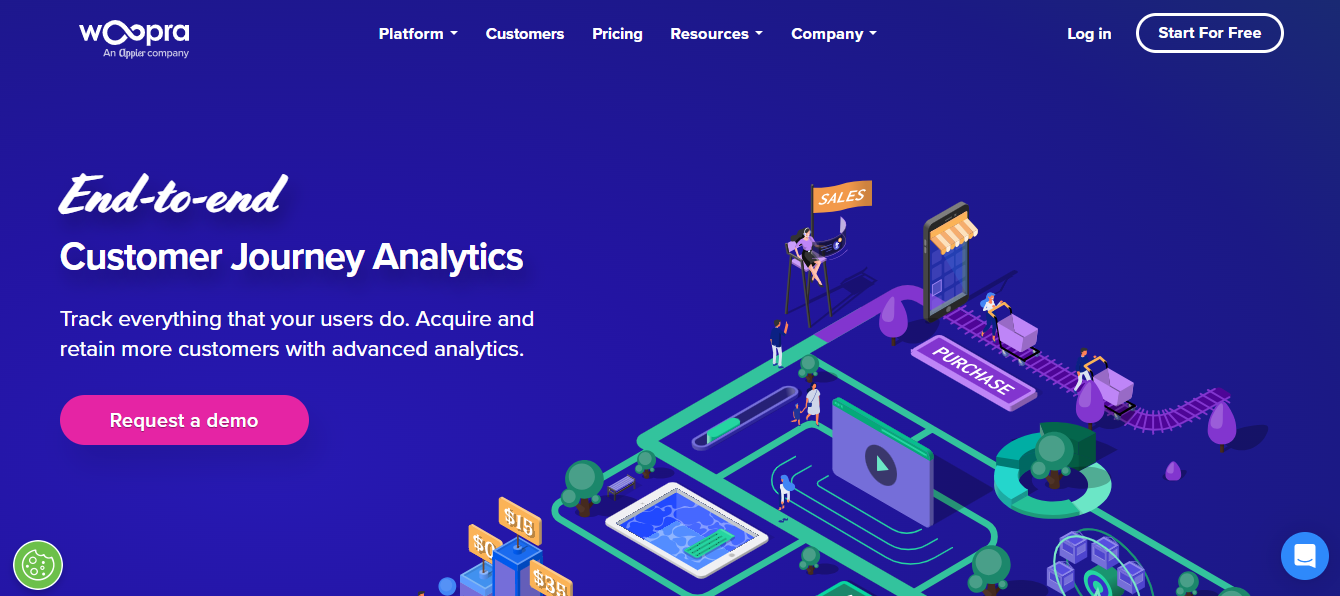
Homepage
How did Elie come up with the idea for Woopra?
Woopra's idea began with the realization that online businesses struggled to understand their customers' full journey, unlike physical stores where insights into customer behavior were more straightforward. Co-founder Elie Khoury noticed this gap during his years as a webmaster, when he searched for a tool to track website user behavior comprehensively, much like a storeowner watching customers. Unable to find a solution that met his needs, he decided to create it himself.
Before diving in, the founders conducted research to verify the need for a complete customer journey analytics platform. They identified that existing tools only offered fragmented data, missing the holistic view needed for meaningful insights. The concept was further refined by focusing on delivering real-time analytics, ensuring businesses could visualize every user interaction as it happened. This approach also transitioned away from siloed and sampled data, moving toward integrating every touchpoint in the customer journey.
Despite the challenges of starting a tech company in Lebanon, where infrastructure and startup support were limited, their resilience and determination drove them forward, underscoring the importance of solving a global problem rather than confining their vision to the local market. One key lesson was the vital role of adapting to and embracing challenges, shaping the development of a solution that combined innovative thinking with practical application.
How did Elie Khoury build the initial version of Woopra?
Woopra was initially developed as a real-time web analytics tool by co-founders Elie Khoury and his team. The first version of Woopra was built with a focus on capturing comprehensive user journey data, which was not adequately addressed by existing solutions. To achieve this, the team moved away from using sampled data and implemented a proprietary technology called Schema in 2013, which allowed for custom event tracking and created a bespoke analytics experience. The development of Woopra's platform utilized a modern tech stack, including the React/Redux architecture, which they adopted in 2017 to completely rebuild the platform and enhance the UI for extensibility. The development process faced challenges, particularly given the lack of supportive startup infrastructure in Lebanon, requiring resilience and self-reliance from the founders to push through obstacles.
What was the growth strategy for Woopra and how did they scale?
SEO
Woopra effectively utilized SEO to drive traffic and customer acquisition by targeting keywords relevant to customer journey analytics and product analytics. They focused on creating detailed content that addressed the specific pain points of businesses looking for comprehensive analytics solutions. By consistently updating their website and content to align with search engine algorithms, they successfully captured organic traffic from businesses seeking data-driven insights to enhance customer experiences.
Why it worked: Businesses actively searching for analytics solutions found Woopra's content highly relevant and informative. By targeting keywords like 'customer journey analytics' and 'real-time web analytics,' Woopra reached organizations looking for detailed insights into user behavior. This strategic alignment with search intent helped them attract high-quality traffic that was more likely to convert into customers.
Partnerships and Integrations
Woopra expanded significantly by forming strategic partnerships and offering seamless integrations with popular business applications. Their AppConnect platform allowed businesses to sync customer activity data with other tools effortlessly, without requiring technical expertise. By doubling the number of integration partners and providing one-click integrations, Woopra made it easier for businesses to adopt their platform, thus increasing customer acquisition and retention.
Why it worked: The ability to integrate seamlessly into a company's existing tech stack made Woopra a more attractive option for businesses looking to centralize their analytics solutions. This approach not only reduced the friction of adoption but also positioned Woopra as an essential part of their tech ecosystem. As a result, more businesses were inclined to choose Woopra over competitors with less integration flexibility.
Product-Led Growth
Woopra's emphasis on delivering a superior product experience served as a key growth driver. By focusing on continuous innovation and user experience, they built a reputation for offering a best-in-class product that addressed the complex needs of their target market. The launch of features like Funnel Analytics and Trends Reports empowered users to optimize every aspect of their customer journey, fostering customer loyalty and advocacy.
Why it worked: By prioritizing customer success and fostering long-term relationships, Woopra developed a loyal customer base that advocated for the product through word-of-mouth. Their approach ensured that customers not only subscribed but also remained engaged with the platform, extending customer lifecycle and increasing recurring revenue. Consistent product enhancements kept the platform relevant and ahead of competitors, making it a preferred choice for businesses seeking robust analytics solutions.
What's the pricing strategy for Woopra?
Woopra offers a free basic plan and tiered paid plans starting at $999 per month, focusing on advanced analytics features for enterprises.
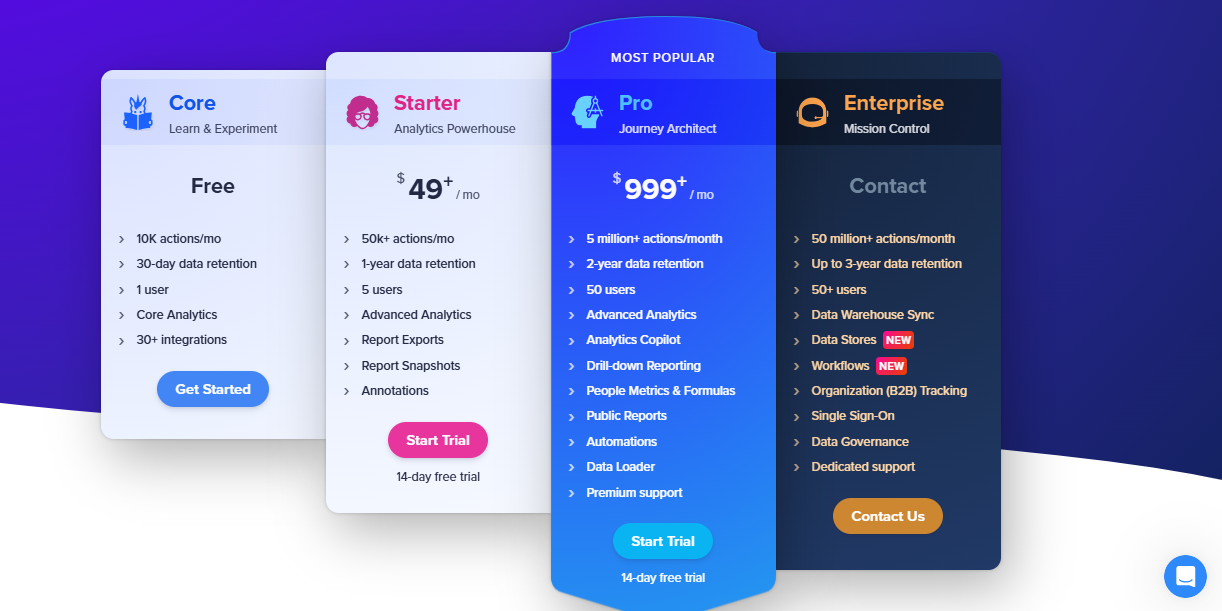
Pricing
What were the biggest lessons learned from building Woopra?
- Embrace Resilience: Building Woopra faced challenges with inadequate local infrastructure, yet persistence and resilience enabled progress without waiting for external support.
- Think Global: Despite regional limitations, Woopra aimed for global solutions, showing startups can thrive by addressing worldwide issues and not being confined to local markets.
- Innovate Continuously: Woopra emphasized innovation and adapting its product over time, such as developing Schema and AppConnect to enhance user experience and analytics capabilities.
- Value Long-term Relationships: The company prioritized creating a high-quality product and thus retained long-term customer relationships over short-term gains.
- Leverage Team Collaboration: By empowering teams to collaborate effectively, Woopra fostered innovation and growth, highlighting the importance of teamwork in a product-first company.
Discover Similar Business Ideas Like Woopra
|
|
Idea
|
Revenue
|
|---|---|---|
|
PDFShift
|
HTML-to-PDF conversion API service.
|
$8.5K
monthly
|
|
SiteGPT
|
AI chatbot trained on your website content.
|
$15K
monthly
|
|
Hallow
|
"Catholic prayer and meditation app fostering faith growth."
|
$278K
monthly
|
|
tiiny.host
|
Static website hosting made simple for everyone.
|
$15K
monthly
|
|
Studio Wombat
|
WooCommerce plugin developer for enhanced e-commerce features.
|
$15K
monthly
|
|
Treendly
|
Trend-spotting platform for untapped market insights.
|
$1K
monthly
|
|
ScreenshotOne
|
API for capturing website screenshots easily.
|
$2.2K
monthly
|
More about Woopra:
Who is the owner of Woopra?
Elie Khoury is the founder of Woopra.
When did Elie Khoury start Woopra?
2012
What is Elie Khoury's net worth?
Elie Khoury's business makes an average of $83.3K/month.
How much money has Elie Khoury made from Woopra?
Elie Khoury started the business in 2012, and currently makes an average of $1M/year.
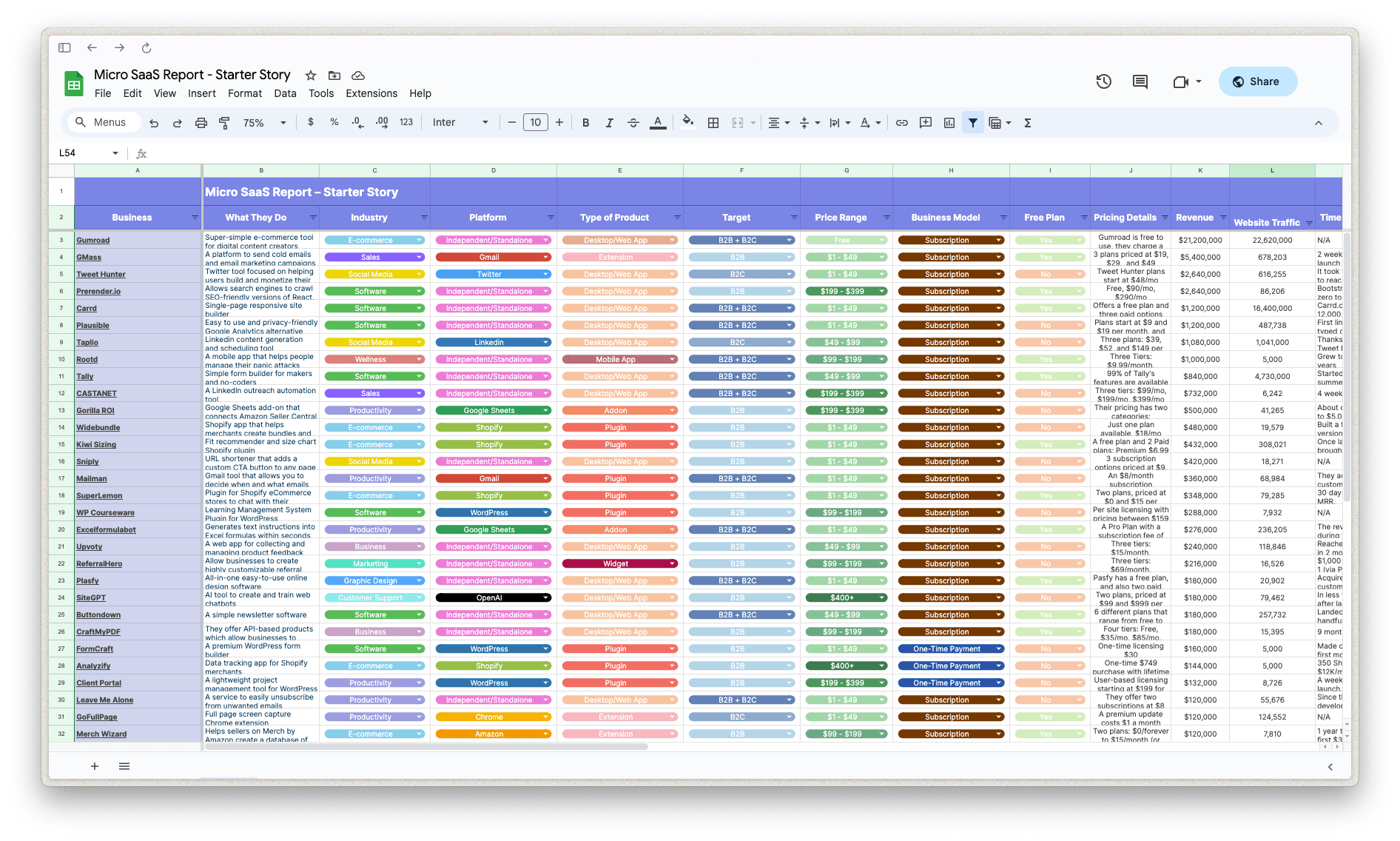
Download the report and join our email newsletter packed with business ideas and money-making opportunities, backed by real-life case studies.

Download the report and join our email newsletter packed with business ideas and money-making opportunities, backed by real-life case studies.

Download the report and join our email newsletter packed with business ideas and money-making opportunities, backed by real-life case studies.

Download the report and join our email newsletter packed with business ideas and money-making opportunities, backed by real-life case studies.

Download the report and join our email newsletter packed with business ideas and money-making opportunities, backed by real-life case studies.

Download the report and join our email newsletter packed with business ideas and money-making opportunities, backed by real-life case studies.

Download the report and join our email newsletter packed with business ideas and money-making opportunities, backed by real-life case studies.

Download the report and join our email newsletter packed with business ideas and money-making opportunities, backed by real-life case studies.

